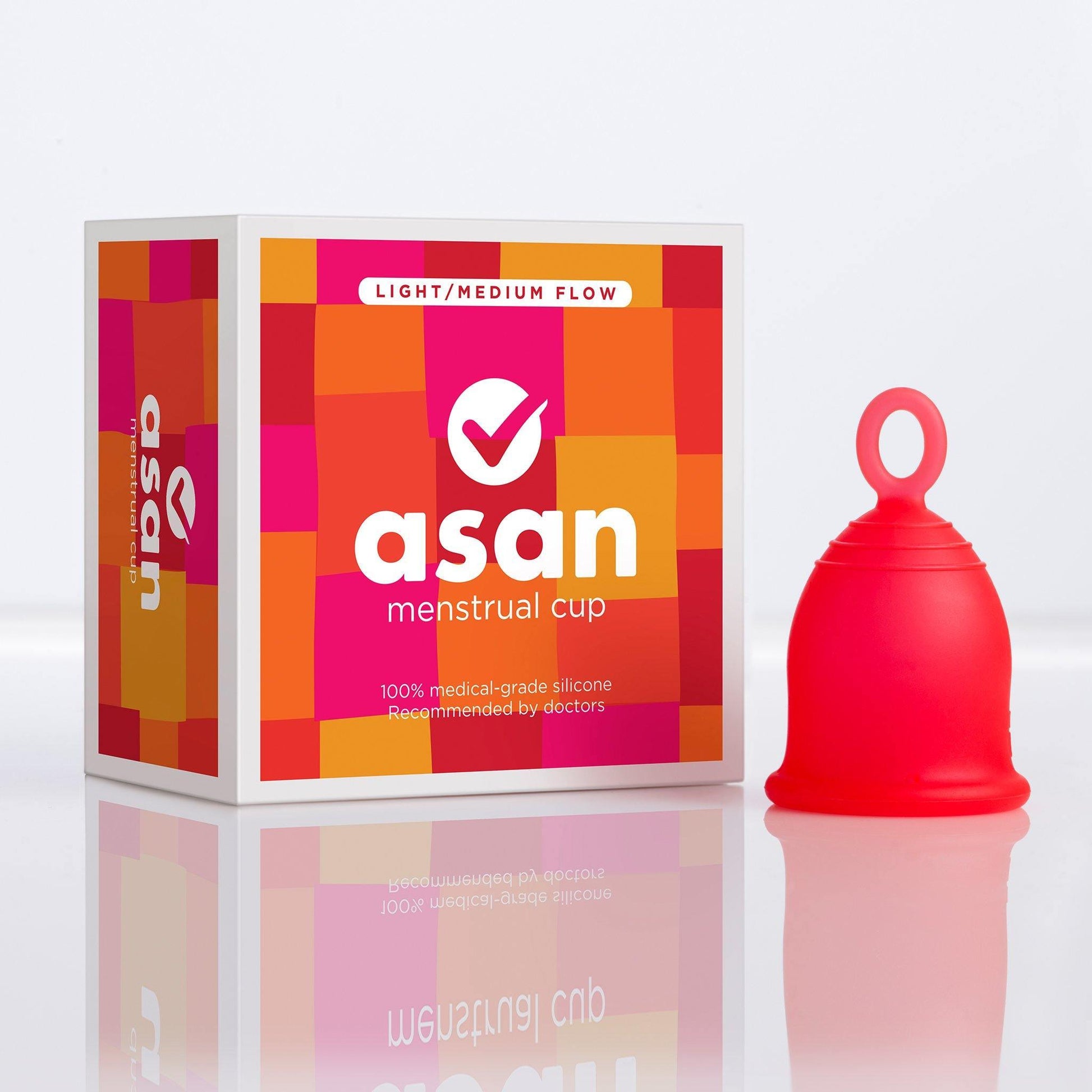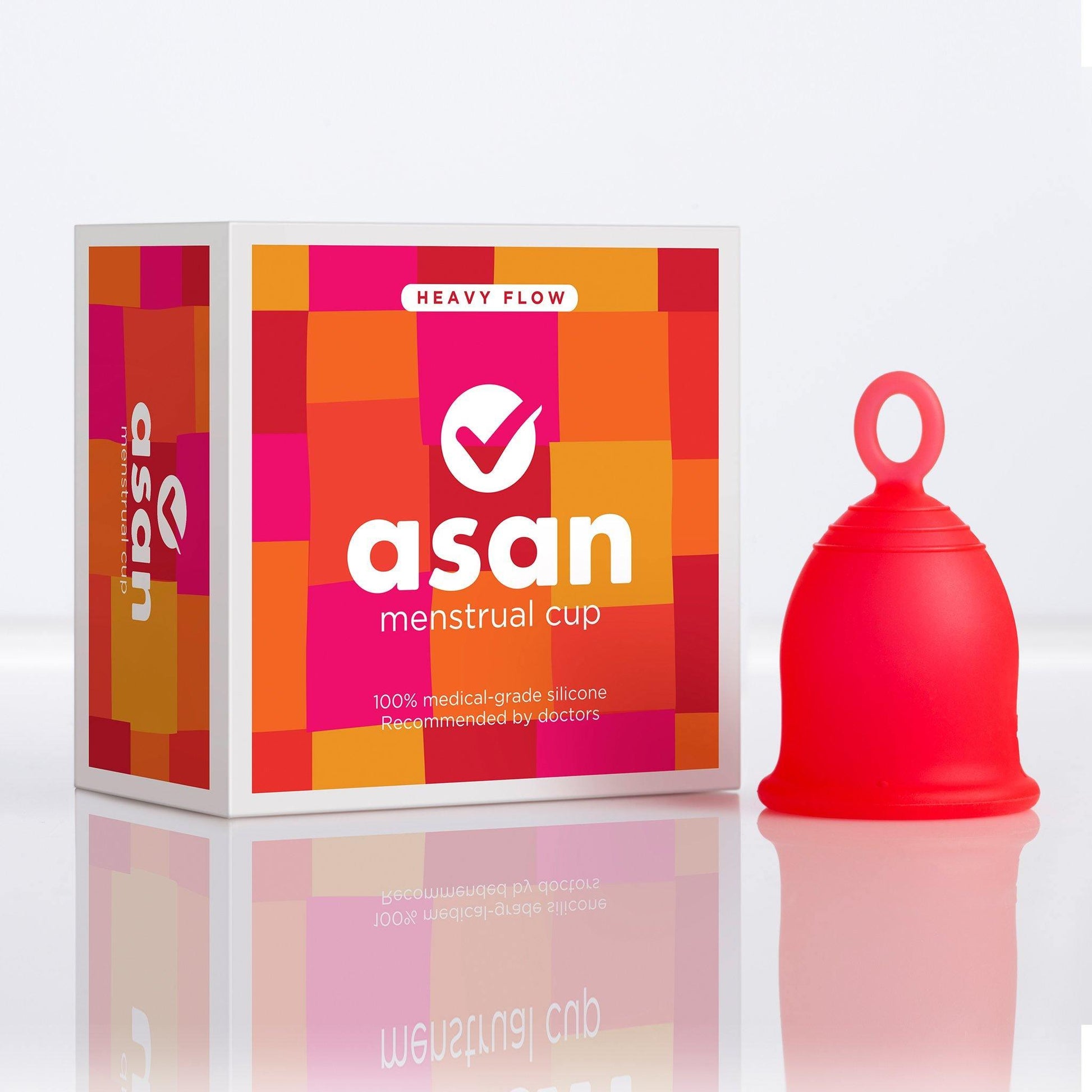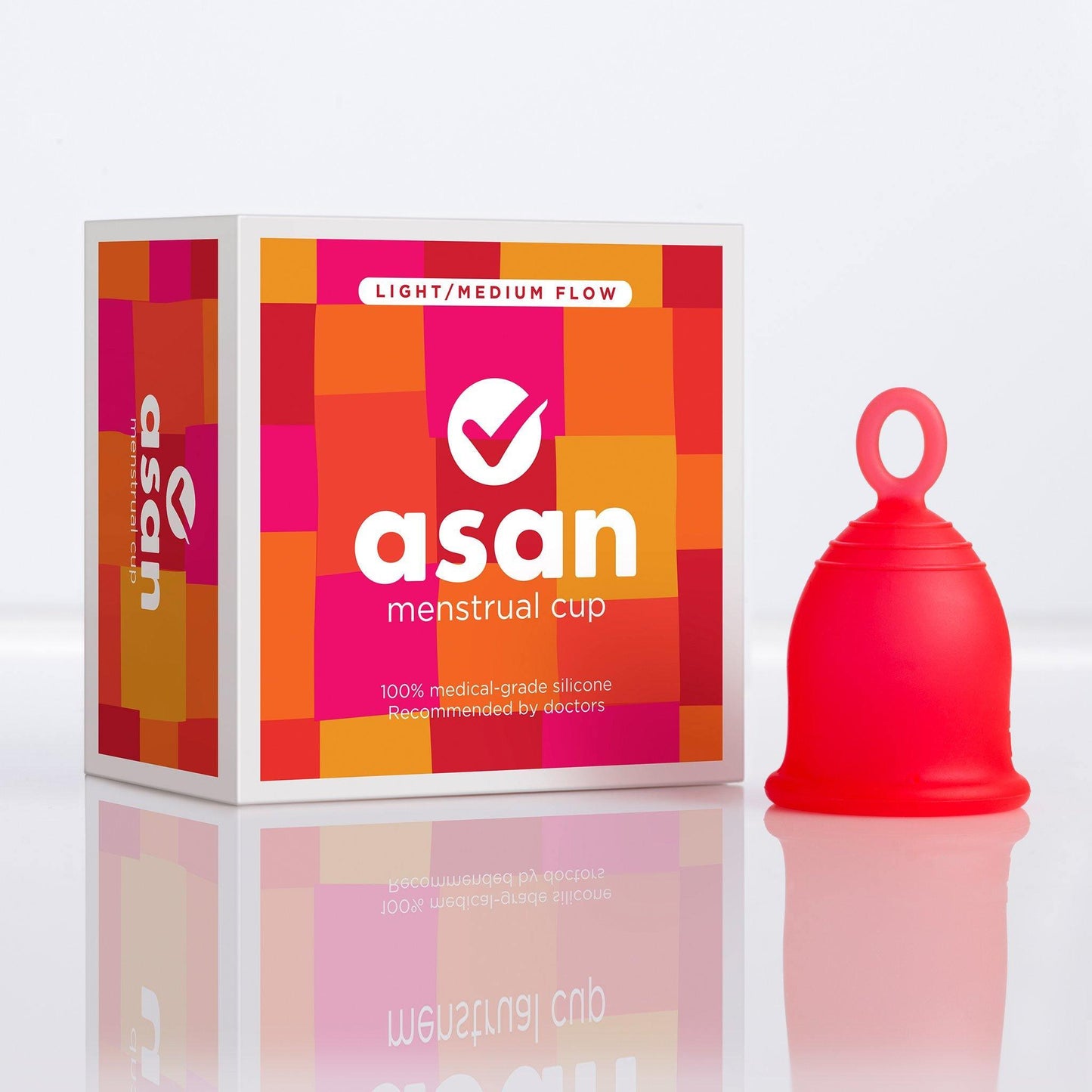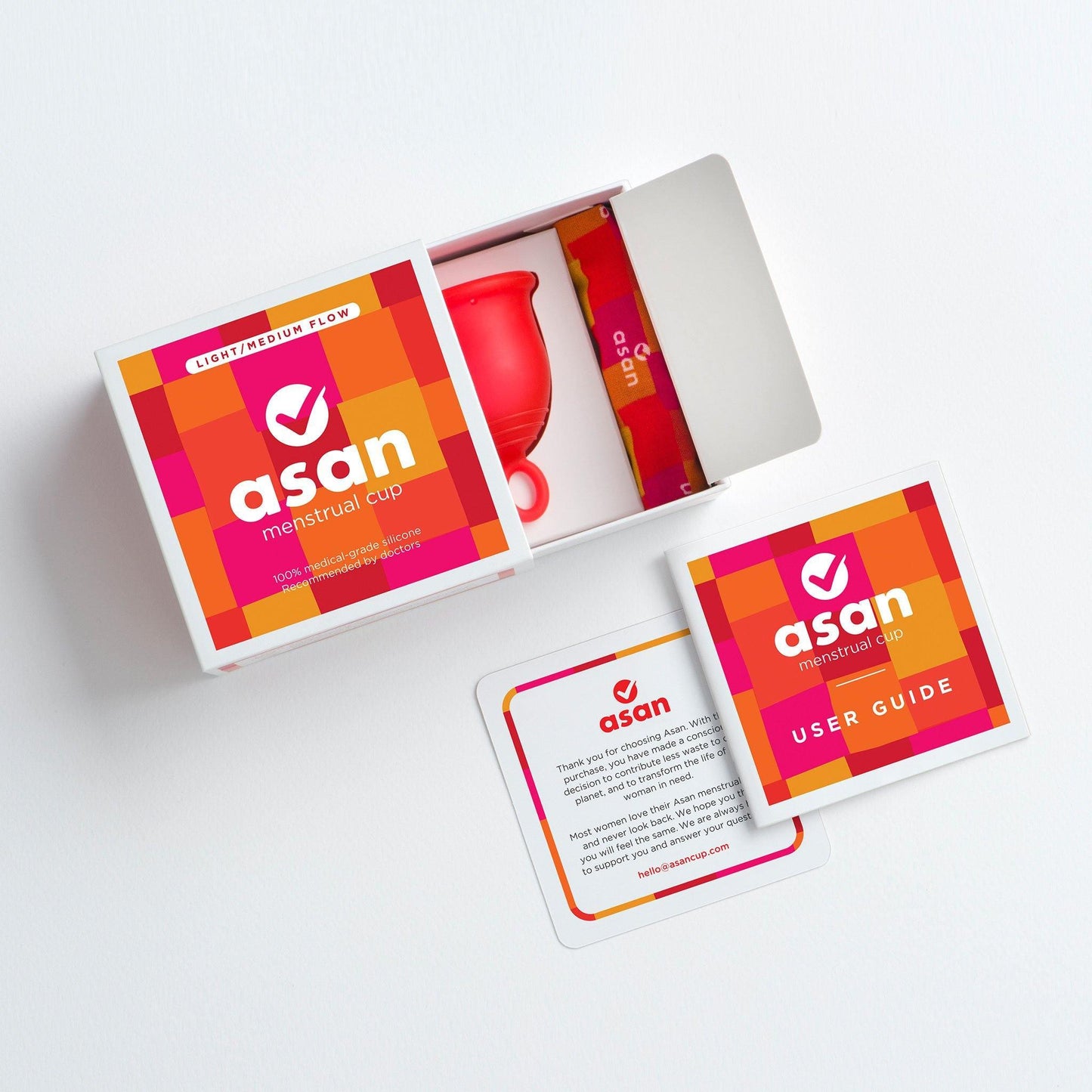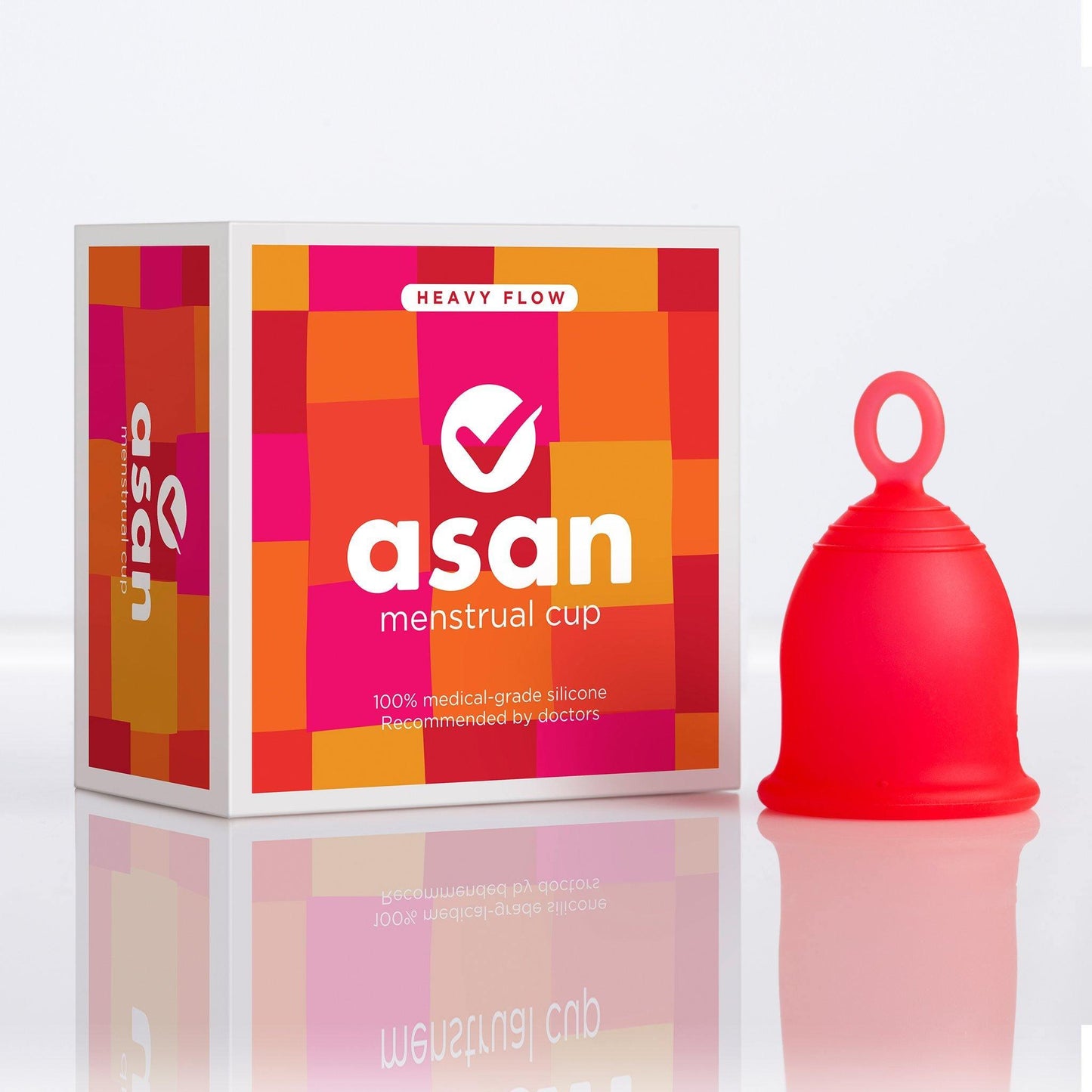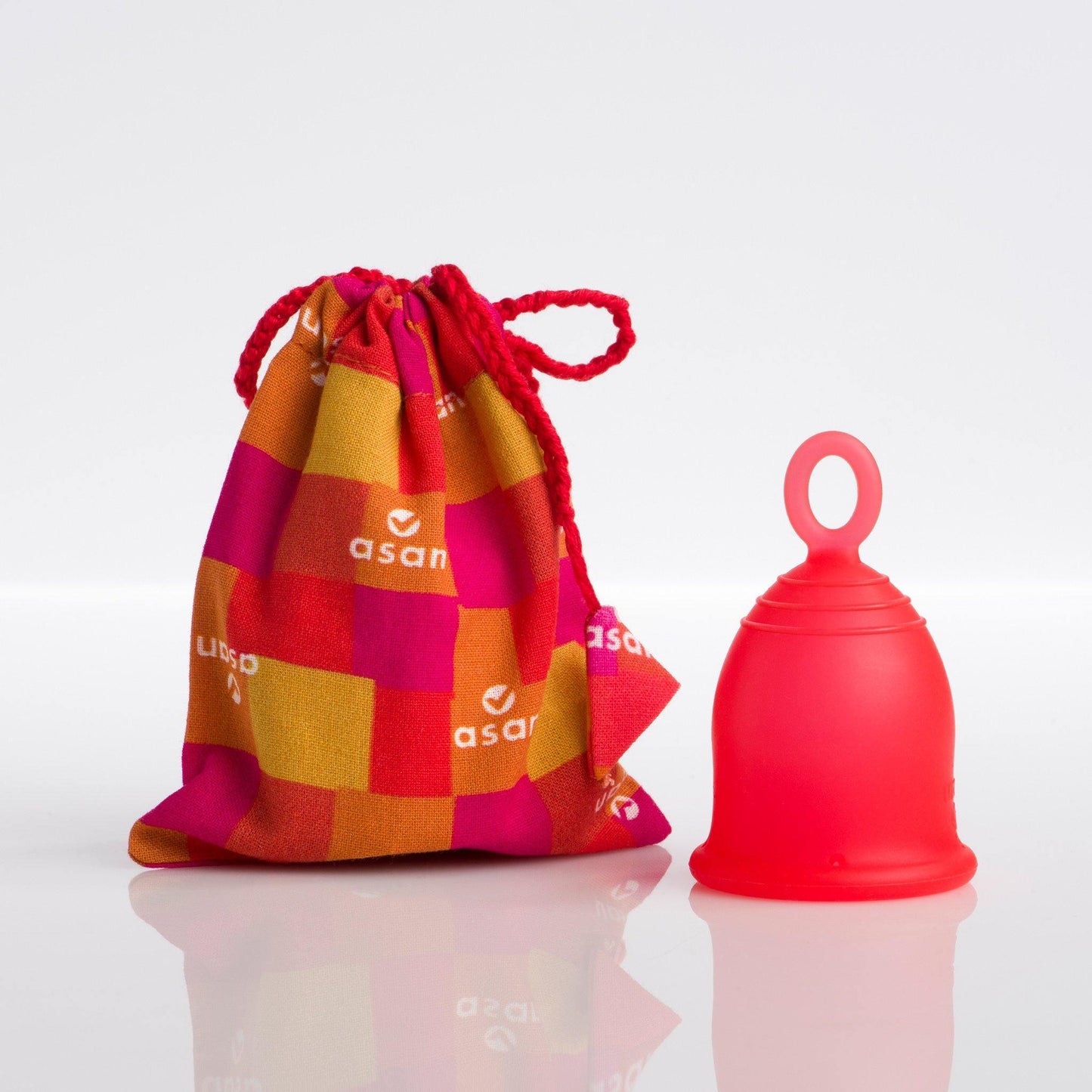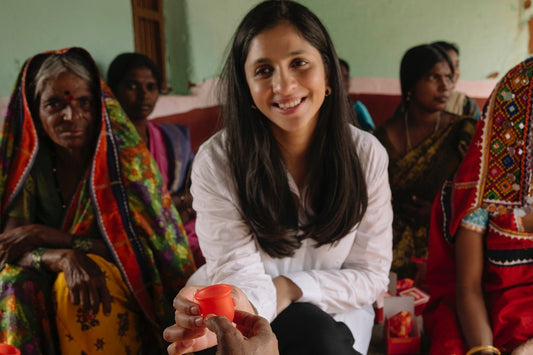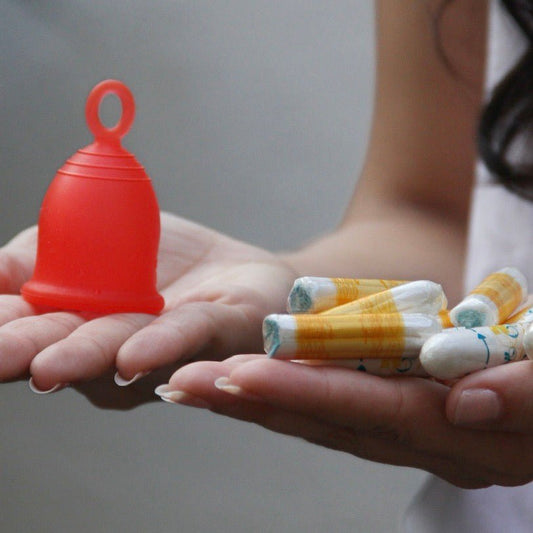
Imagine that your next period is about to come but you don’t know whether you’ll receive a free packet of sanitary pads in time?
This the reality of many low-income women, girls and non-binary people menstruating across the world.
The way you experience menstrual bleeding and period poverty strongly depends on your context and access to, or thereby lack of, resources you need to safely manage your period.
This means that each individual, village and country will experience period poverty differently - so there is no one approach that is the solution to this issue.
Globally however, the primary response to period poverty has been sanitary pad distribution. This blog will help you understand whether or not this is the right approach to ensuring safe menstruation for everyone and what the alternatives are.
but first, what is period poverty?
Period poverty is an ongoing crisis where millions of women, girls and non-binary people globally do not have access to a safe way to manage their periods.
At Asan, we understand period poverty in terms of safety - we believe period poverty is about whether or not you can have a safe period. Read this blog about Asan’s approach to period poverty to learn more.
global response to period poverty
Ever since the conversation about menstruation in developing countries gained traction in the development world, everyone’s response has been to distribute single-use pads. Period poverty organisations and governments have adopted pad distribution as the primary solution.
 In India, the Menstrual Hygiene Management Government Scheme involves ASHA workers (government employed healthcare workers in rural communities across India) to distribute packets of sanitary pads. Through this scheme ASHA workers are incentivised by Rs.1 for each packet they distribute.
In India, the Menstrual Hygiene Management Government Scheme involves ASHA workers (government employed healthcare workers in rural communities across India) to distribute packets of sanitary pads. Through this scheme ASHA workers are incentivised by Rs.1 for each packet they distribute.
This takes place not only through distribution drives conducted home-to-home, but also through the installation of sanitary pad vending machines in schools and universities, hospitals, airports and offices.
Pad distribution is the widespread response to period poverty across South Asia, South-East Asia and Africa - and nobody began questioning this approach until recently.
how did pads become the default response to period poverty?
The distribution of pads has been the default response to period poverty since the world has recognised period poverty as an issue worth addressing.
Prior to this, many rural communities would comfortably use cloth rags to manage their periods. In fact, the fact that cloth rags are worse than pads is a big myth - they have been used for a long time and as long as they’re being cleaned properly and dried in the sun, there are no issues in using a cloth rag.
However, the cheap mass production of plastic sanitary pads in the 1940’s became seen as a quick fix to period poverty, and so was adopted globally.
what are we doing wrong?
At Asan, we’ve spent years working with rural communities to understand their experience of period poverty. More often than not, we find that they are not at all happy with low-quality plastic sanitary pads.
The issues with pads can be broken down into four categories.
The biggest issue with pad distribution is that it’s an unsustainable option. This can be broken down into four main reasons:
- Affordability and dependency
Imagine a scheme that sponsors sanitary pads for girls for 6 months. What happens once these 6 months are over?
When the supply of pads stops, women and girls that are unable to afford period products such as pads or tampons are left stranded.
This was a big issue globally during the Covid-19 pandemic - where many women and girls were being given pads by the government in schools and community centres prior to the lockdown.
When the lockdown hit, their supply was cut off and communities who could not travel to a local store or afford menstrual products were left having to go back to using rags.

2. Quality and quantity
Often the response to period poverty in schools is to give girls 1 or 2 pads a month, which in fact increases their risks of experiencing health issues as they end up wearing the pads for much longer than 6-8 hours as advised, resulting in inadequate menstrual hygiene.
The sanitary pads that do get distributed are bulky and bad quality, causing rashes, irritation and discomfort
3. Comfort
Through our extensive work across 36 villages in Kanakapura, we have heard many stories of women that were given free pads often switching back to rags because they find pads too uncomfortable.
They use the Kannada phrase ‘kiri kiri’ to describe their feeling about pads – it translates to irritating and annoying! Pads cause rashes and discomfort, and are a real hassle to constantly change.
As a result, the actual use and uptake of pads is not as high as many people perceive.
In fact, in some villages women didn’t even wear underwear until pads arrived as an option and they had to buy underwear just to be able to use pads.
4. Disposal
On average 40 billion single-use plastic pads are soiled every month, contributing to increasing global waste.
In India alone, 110,000 tonnes of annual menstrual waste is generated through the use of 12 billion pads a month.
This is extremely harmful for the environment as this waste is dumped in landfills and does not decompose for hundreds of years, or ends up in our oceans and harms sea animals.

Waste disposal is harmful not only for the environment but also the individuals that are disposing of their used pads.
Asan’s work in rural India has taught us about how many women and girls clean their used sanitary pads and then burn them to dispose of. This process can be very stressful as there is a lot of stigma of menstruating associated with seeing pads drying outside - so this needs to be done discreetly.
Even worse, in the process of burning pads these women and girls inhale toxic fumes that are let off from the plastic sanitary pads - which is very unhealthy and harmful.
Furthermore, many girls end up carrying used sanitary pads in their bags during their lengthy travel to and from school, which can be extremely unhealthy.
Read our blog on the environmental impact of period products to learn more about what goes into plastic sanitary pads and tampons.
if not pads, then what is the answer?
Most people think that period poverty is just about access to period products such as sanitary pads and tampons - but in reality this is a complex topic and there can be many challenges to period care.
At Asan, we look at how to end period poverty holistically - through understanding a communities’ access to safe resources (i.e. toilets and clean water), a safe space to ask questions, and safe products.
We aim to improve period practices and overall well-being, not just distribute products.
The most important thing is that the answer to what the solution to period poverty is has to come from the community itself.
Asan’s work on period poverty in India is driven by individuals within the rural community - they are the trainers and we simply guide them about how to do so.

The ongoing interactions with communities most affected by period poverty has taught us that the whole idea that pads are a perfect solution is a myth.
It is not a long-term solution and many communities end up rejecting pads and going back to cloth rags, which in turn can result in poorer menstrual hygiene (especially when washing and drying rags is a challenge).
While products are a big aspect of addressing period poverty, more than the product itself, it’s important to introduce people to safe practices - whether that is single-use pads or alternative menstrual products such as the Asan cup.
Communities should be taught how to judge the quality of their period products, how to safely use it and whether they have access to the resources they need to ensure safe period care.
Ultimately the only people who know what’s best are the women and girls in these communities. Our job is to provide information on the best period products and practises for low income communities and enable them to make an informed choice for their bodies.
And when given adequate information, most people do favour affordable and sustainable menstrual products such as the Asan cup rather than single-use sanitary pads.

